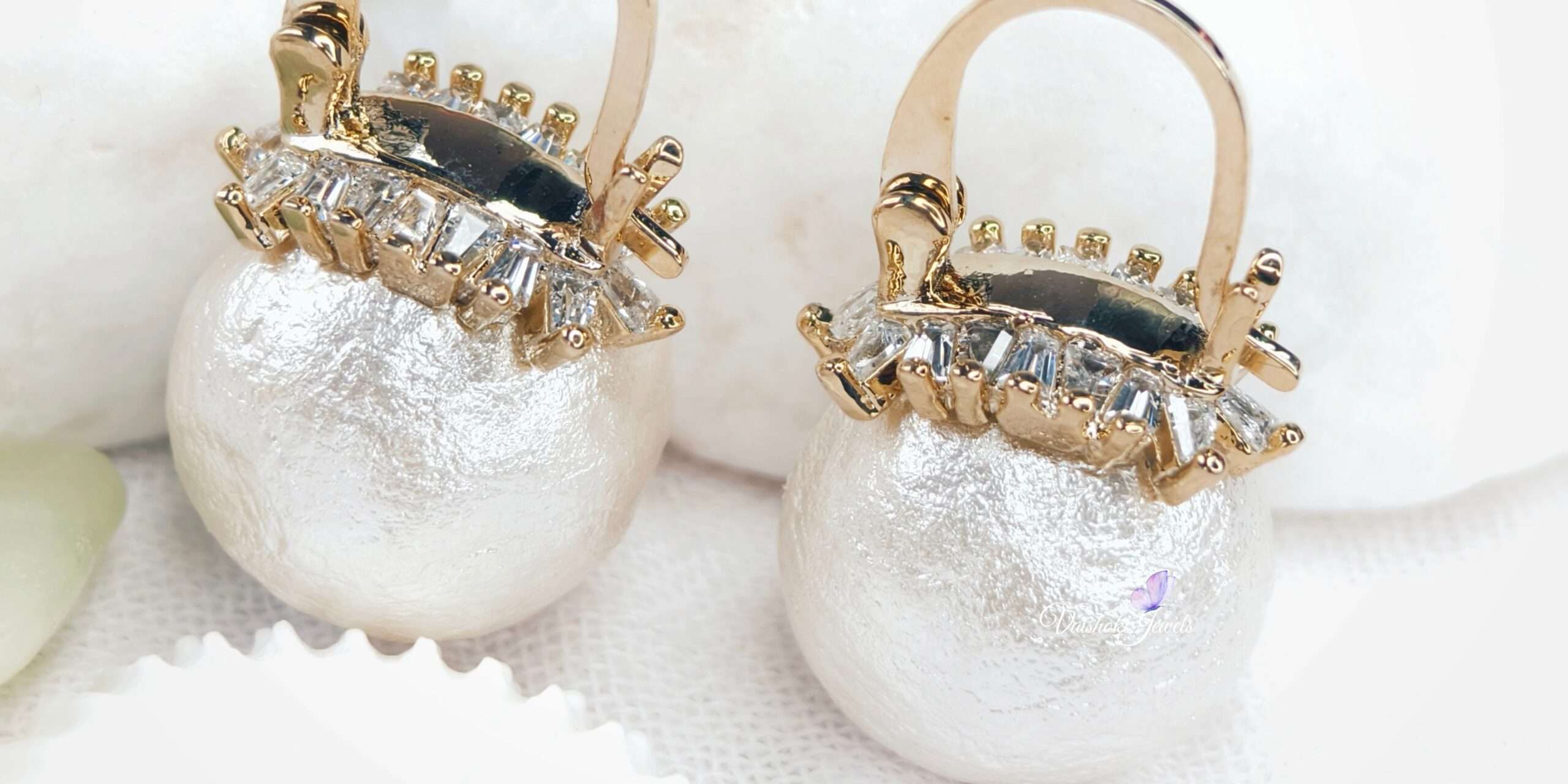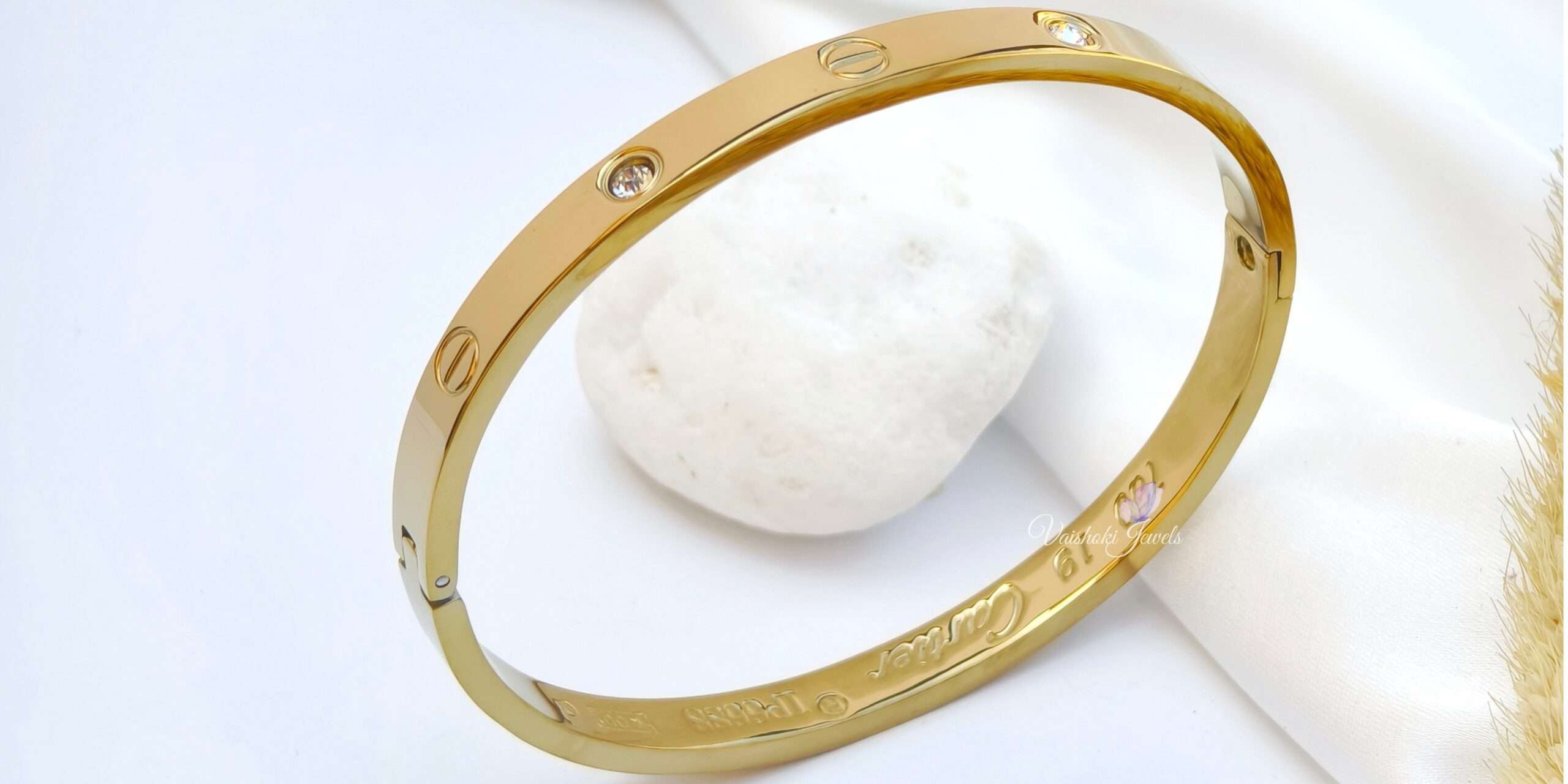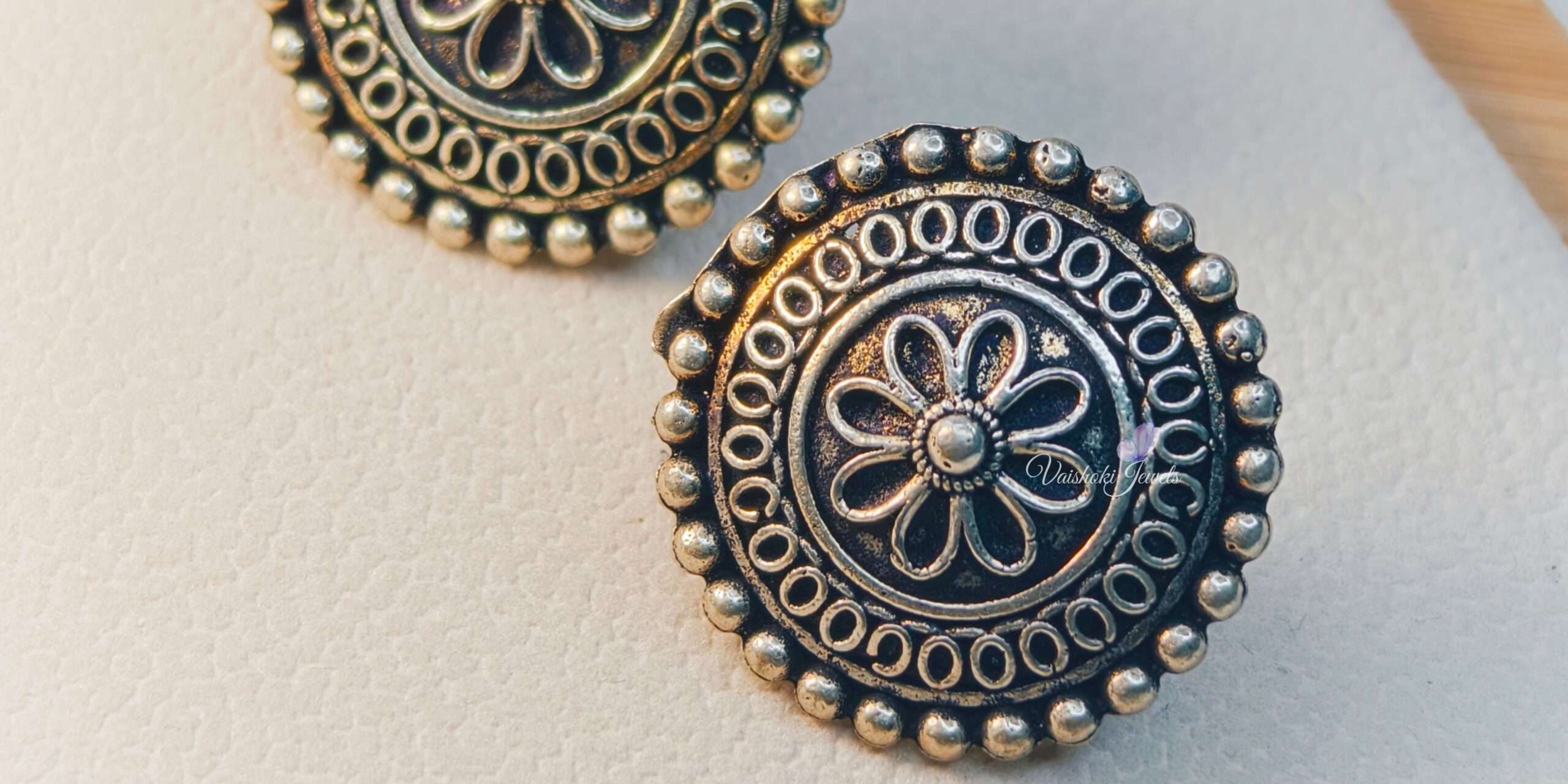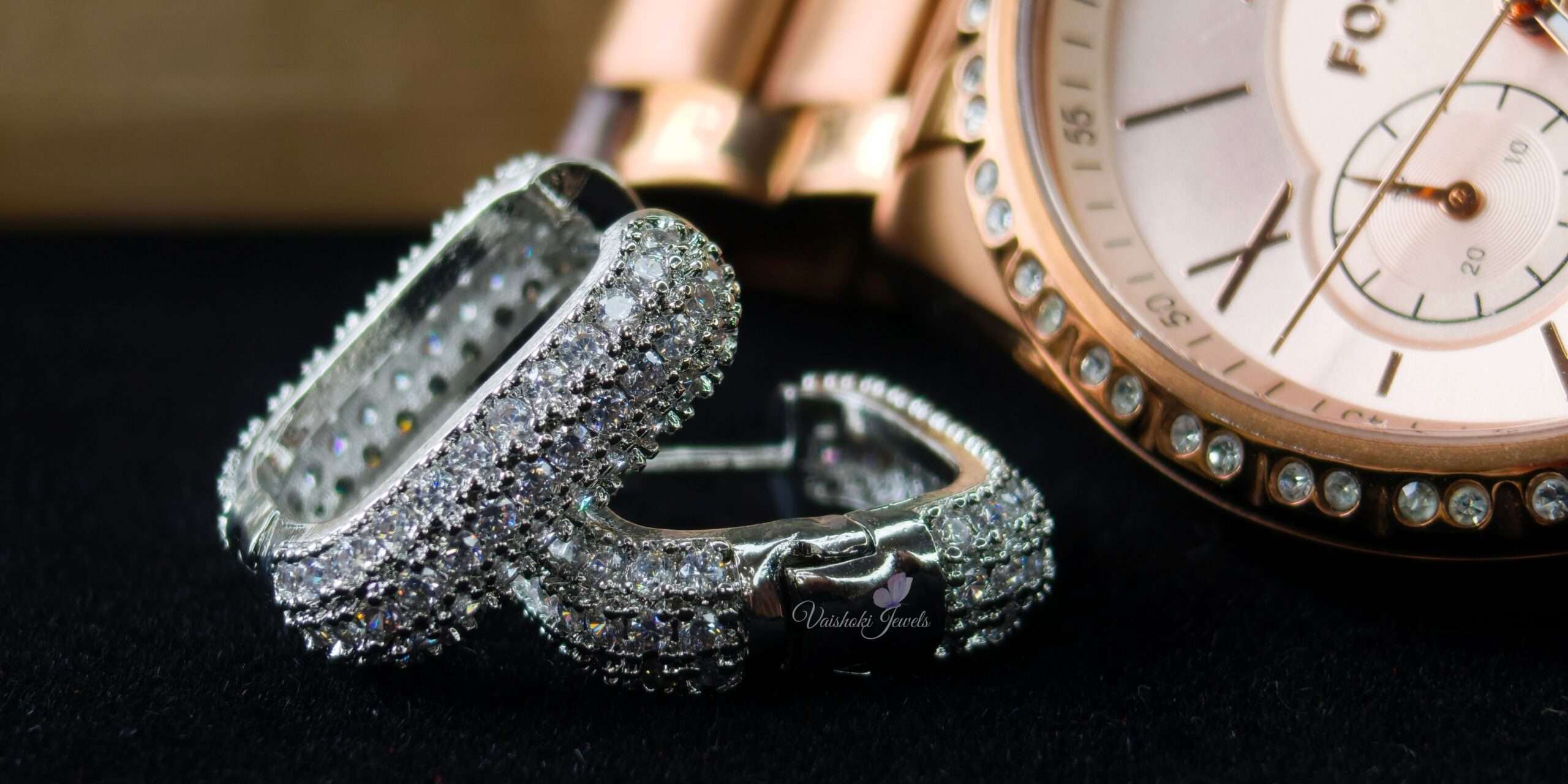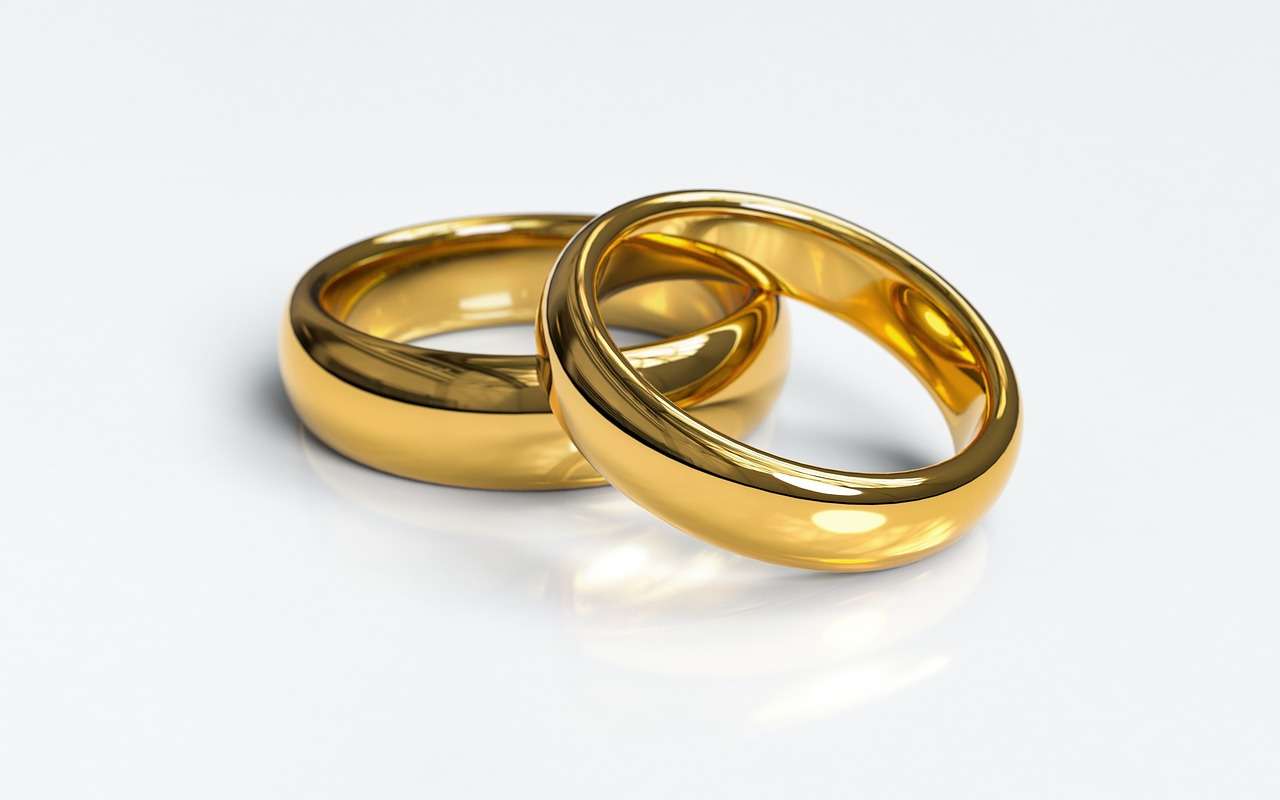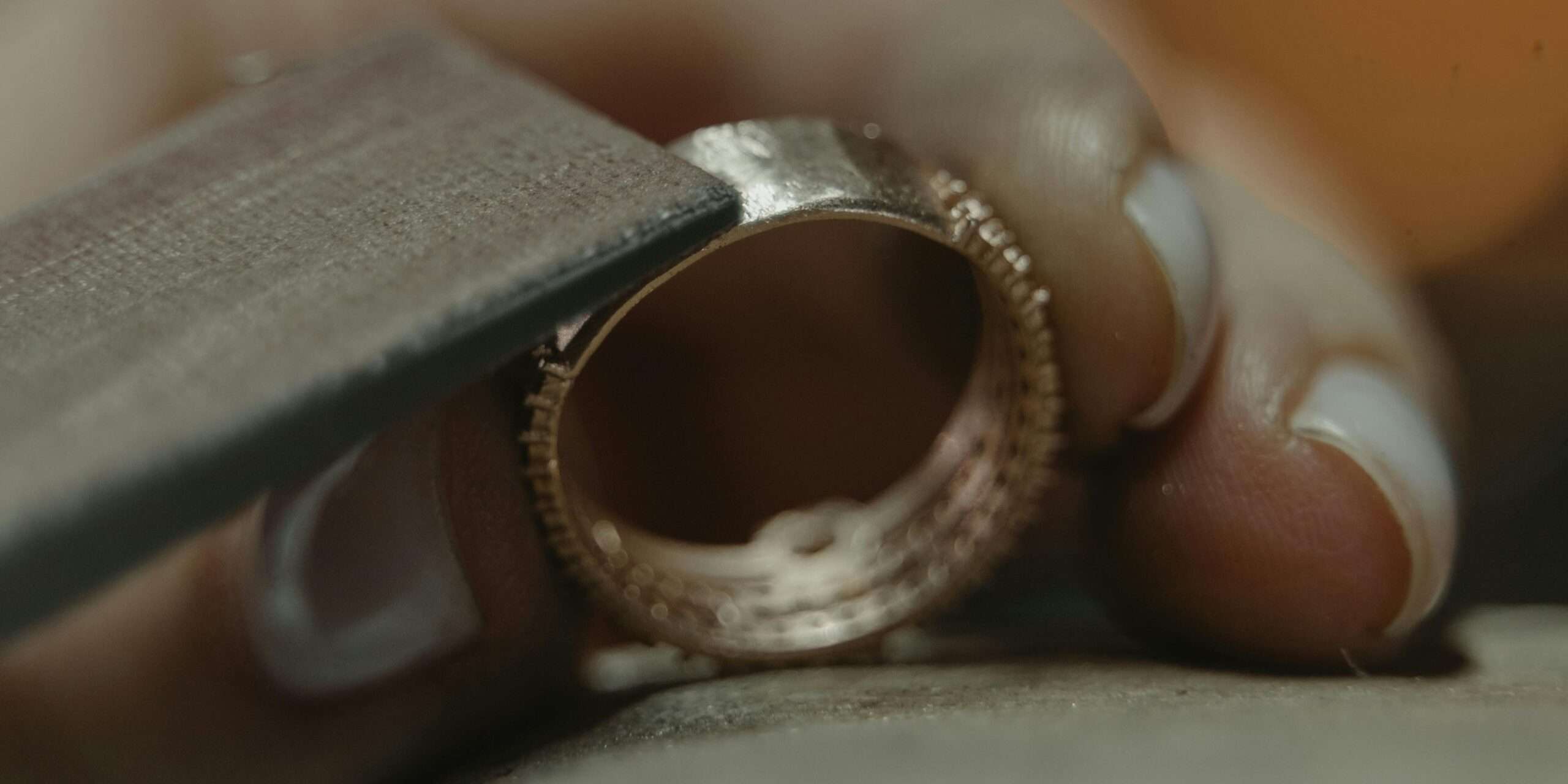How to take care of jewellery ? The truth is, jewelry care isn’t just about preserving beauty; it’s about protecting your investments and cherishing your memories. Whether it’s a family heirloom, a symbol of love, or a personal indulgence, your jewelry deserves more than just being worn—it deserves to be cared for. But with so many different materials and delicate designs, knowing how to properly maintain your precious pieces can feel overwhelming, Learn to keep your gems gleaming with these essential jewellery care tips
Fear not, fellow jewelry enthusiasts! We’re about to embark on a sparkling journey through the world of jewelry care. From daily cleaning habits to material-specific techniques, protective measures, and even restoration tips, we’ll cover everything you need to know to keep your jewelry collection dazzling for years to come. So, polish up your curiosity and let’s dive into the shimmering secrets of jewelry care! ✨💍
Jewellery Care Tips
Put Jewellery On Last After Applying Skincare Products And Makeup
When it comes to your daily beauty routine, the order in which you do things can make a big difference. One important yet often overlooked step is putting on jewelry last. This small adjustment can help preserve your precious accessories and maintain a flawless appearance.
Why Should Jewelry Be the Final Step? Applying skincare and makeup products can leave behind oils, creams, and powders. If jewelry comes into contact with these substances, it can get damaged or lose its shine. Putting jewelry on as the last step minimizes exposure to these residues, keeping it pristine and beautiful.
Protecting Jewelry from Makeup Residue : Makeup products often contain oils, pigments, and other ingredients that can tarnish or stain jewelry. When jewelry is exposed to these materials, it can cause discoloration or build-up that’s difficult to remove. Wearing jewelry only after makeup is fully set reduces the risk of accidental staining.
The Impact of Skincare Products on Jewelry : Skincare items, including moisturizers, serums, and sunscreens, contain ingredients like oils and acids that can interact negatively with various metals and gemstones. These substances can lead to tarnishing, corrosion, or clouding of stones, diminishing the jewelry’s original sparkle.
Best Practices for Wearing Jewelry After Skincare and Makeup
Complete Your Skincare Routine First: Ensure all products are absorbed before putting on any jewelry.
Set Makeup with Powder or Setting Spray: This helps to lock makeup in place and reduce transfer onto jewelry.
Wear Jewelry After Dressing: Avoid snagging or damage by putting on your outfit first.
Clean Jewelry Regularly: Keep your pieces clean to remove any residual buildup from daily wear.
Everyday Cleaning Habits
Maintaining your jewelry’s sparkle and shine is easier than you might think. By incorporating these simple everyday cleaning habits into your routine, you can keep your precious pieces looking their best for years to come.
A. Gentle wiping after each wear
After wearing your jewelry, take a moment to gently wipe each piece with a soft, lint-free cloth. This quick action removes oils, sweat, and other residues that can accumulate throughout the day. For different types of jewelry, consider the following:
Precious metals (gold, silver, platinum): Use a microfiber cloth
Gemstones: Dampen the cloth slightly with lukewarm water
Pearls: Use a dry, soft chamois cloth
B. Proper storage techniques
Storing your jewelry correctly is crucial for preventing damage and maintaining its beauty. Here’s a handy table to guide you:
Jewelry Type | Storage Method |
|---|---|
Necklaces | Hang on hooks or lay flat to prevent tangling |
Rings | Use individual compartments or ring holders |
Earrings | Store in a sectioned jewelry box or on an earring stand |
Bracelets | Lay flat or use bracelet stands |
Remember to keep pieces separate to avoid scratching and store them in a cool, dry place away from direct sunlight.
C. Avoiding harmful substances
To protect your jewelry from damage, be mindful of the following:
Remove jewelry before:
Swimming (chlorine and saltwater can be damaging)
Applying lotions, perfumes, or hairsprays
Doing household chores
Exercising or engaging in sports activities
Avoid exposing your jewelry to:
Harsh chemicals
Extreme temperature changes
Direct sunlight for extended periods
By following these everyday cleaning habits, you’ll ensure that your jewelry remains beautiful and well-maintained. Now that we’ve covered the basics of daily care, let’s explore some deep cleaning methods for those times when your jewelry needs a more thorough refresh.
Now that we’ve covered everyday cleaning habits for different types of jewellery, let’s dive into more thorough cleaning techniques to keep your jewelry sparkling.
A. Professional cleaning services
Professional jewelers offer specialized cleaning services that can restore your pieces to their original luster. These experts use advanced techniques and equipment to clean even the most delicate items safely.
B. DIY cleaning solutions
For those who prefer a hands-on approach, here are some effective DIY cleaning solutions:
Mild soap and warm water
Baking soda paste
Vinegar and water mixture
Ammonia solution (for certain metals)
Solution | Best for | Caution |
|---|---|---|
Mild soap | All jewelry | Avoid harsh detergents |
Baking soda | Gold, silver | Not for soft stones |
Vinegar | Silver | Avoid on pearls or opals |
Ammonia | Diamonds, gold | Use sparingly, well-ventilated area |
C. Ultrasonic cleaning devices
Ultrasonic cleaners use high-frequency sound waves to remove dirt and grime from jewelry. They’re particularly effective for intricate pieces with hard-to-reach areas.
D. Frequency of deep cleaning
The frequency of deep cleaning depends on how often you wear your jewelry and the environments it’s exposed to. As a general rule:
Frequently worn pieces: Deep clean every 3-6 months
Occasional wear: Annual deep cleaning
Special occasion jewelry: Clean before and after each use
With these deep cleaning methods in your arsenal, you’ll be well-equipped to maintain your jewelry’s brilliance. Next, we’ll explore specific care techniques for different types of materials used in jewelry making.
Now that we’ve covered cleaning methods, let’s focus on how to protect your precious jewellery from damage and loss.
A. Removing before activities
To ensure your jewellery stays in pristine condition, it’s crucial to remove it before engaging in certain activities:
Swimming (chlorine and saltwater can damage metals and gemstones)
Exercising or playing sports
Household chores (cleaning products can be harmful)
Showering or bathing
Applying makeup or lotions
B. Safe Travel Practices
When traveling with your jewellery, follow these tips to keep it secure:
Use a dedicated travel case with separate compartments
Pack jewellery in your carry-on luggage, never in checked bags
Consider leaving valuable pieces at home or in a hotel safe
Document your jewellery with photos and descriptions before traveling
Travel Tip | Benefit |
|---|---|
Use travel case | Prevents tangling and scratching |
Pack in carry-on | Reduces risk of loss or theft |
Leave valuables at home | Ensures peace of mind |
Document pieces | Aids in recovery if lost or stolen |
C. Insurance options
Protecting your jewellery financially is just as important as physical protection. Consider these insurance options:
Homeowners or renters insurance (often with limited coverage)
Specialized jewellery insurance policies
Scheduled personal property coverage (as an add-on to existing policies)
When choosing insurance, ensure it covers:
Loss
Theft
Damage
Mysterious disappearance
Next, we’ll explore how to repair and restore your jewellery when prevention isn’t enough.
Identifying damage early
Catching jewelry damage early is crucial for maintaining the longevity and beauty of your precious pieces. Regular inspections can help you spot issues before they become more severe. Here’s a checklist to help you identify common jewelry problems:
Loose stones or settings
Scratches or dents on metal surfaces
Tarnish or discoloration
Bent or misshapen components
Broken clasps or closures
DIY repair techniques
While some repairs require professional attention, there are several simple fixes you can attempt at home:
Tightening loose stones: Use a toothpick to gently push the prongs back into place.
Removing tarnish: Create a paste with baking soda and water, apply it to the jewelry, and rinse thoroughly.
Fixing a kinked chain: Carefully straighten the chain using tweezers or a pin.
DIY Technique | Materials Needed | Difficulty Level |
|---|---|---|
Tightening stones | Toothpick | Easy |
Removing tarnish | Baking soda, water | Medium |
Fixing kinked chain | Tweezers or pin | Medium |
When to seek professional help
While DIY techniques can be effective for minor issues, some repairs are best left to professionals:
Resizing rings
Replacing missing stones
Repairing broken clasps or chains
Restoring heavily damaged or antique pieces

